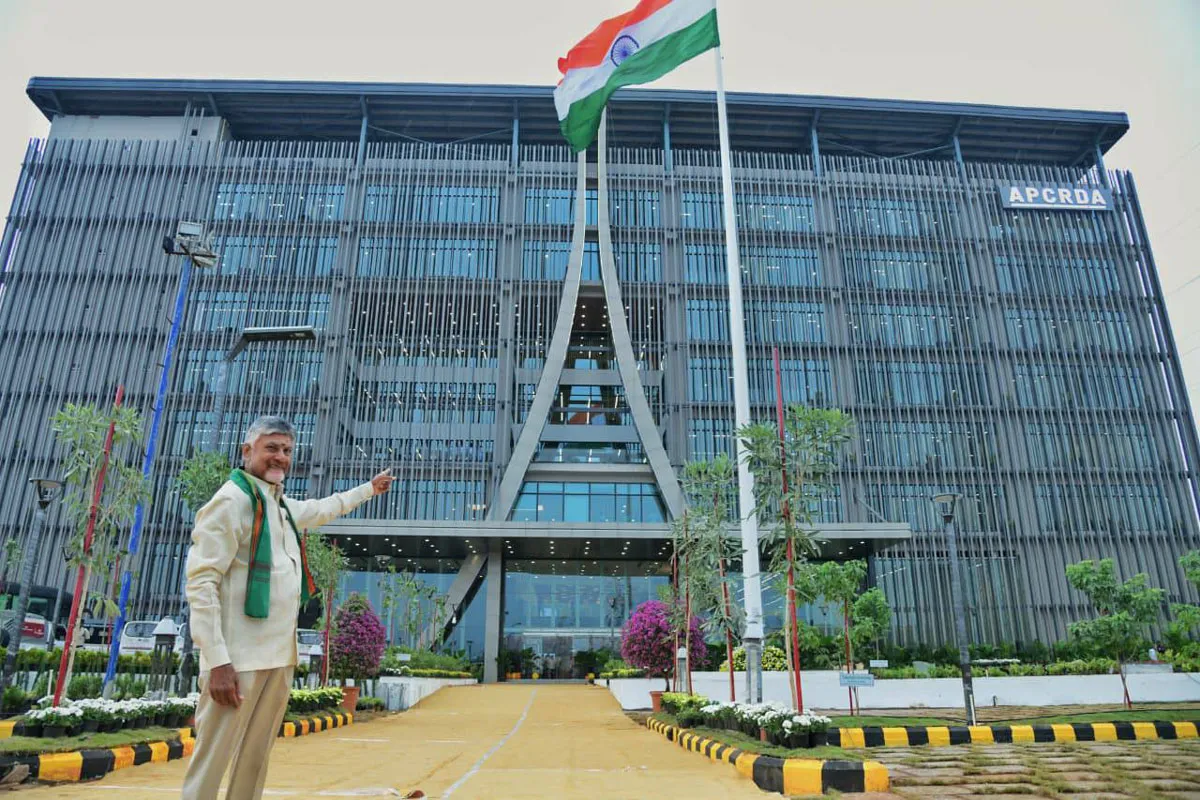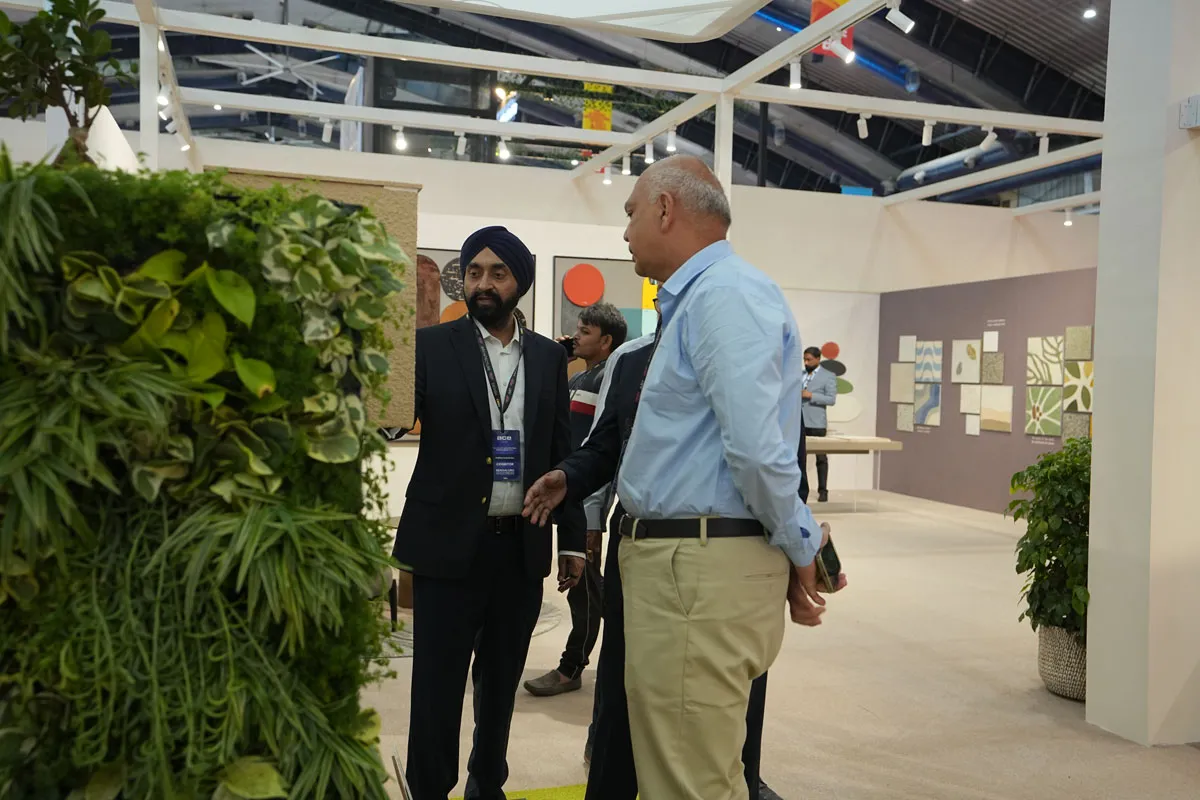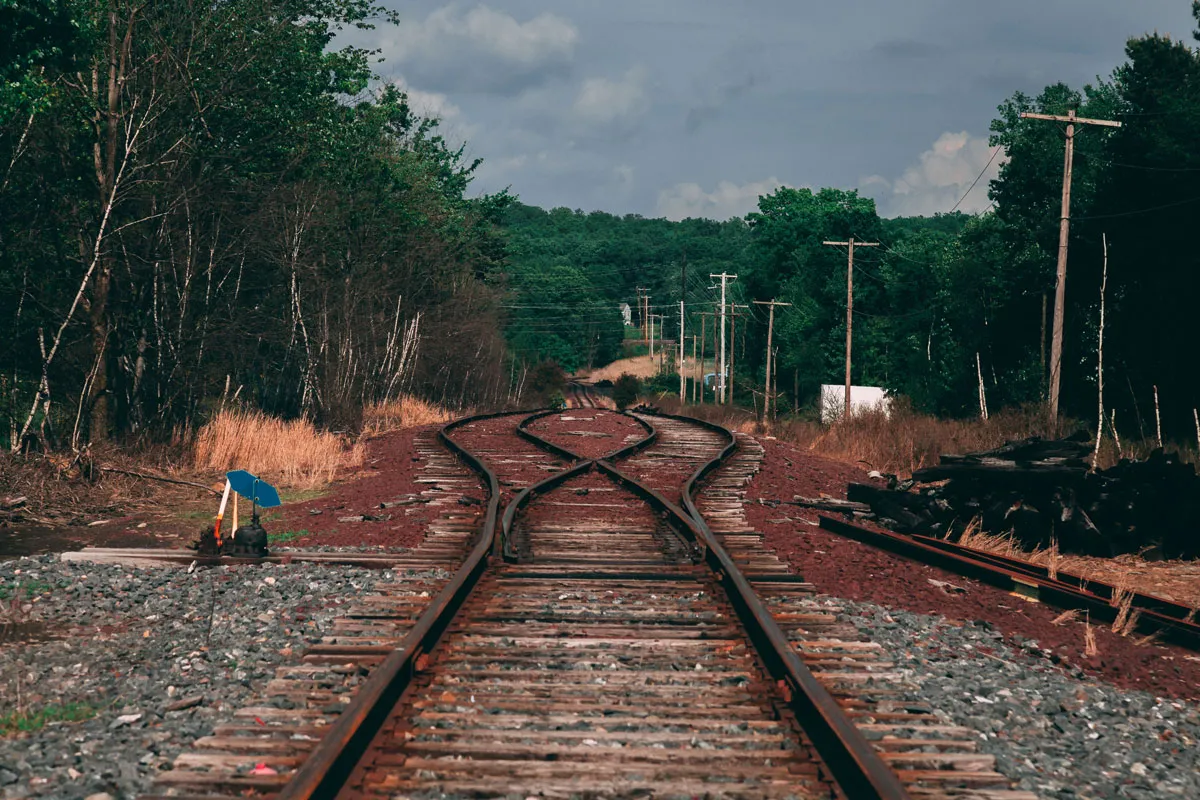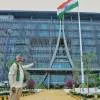Passionate about cities, innovation and technology,
Stephen Yarwood, Urban Futurist, Adelaide Area, Australia Public Policy, is the founder of City2050, which explores preferred futures for communities and urban local bodies (ULBs) by consulting on governance, leadership, strategic planning and urban development. As an urban planner and a government official, Yarwood has been actively involved in many urban development projects. Some of his key achievements include a world-class, citywide Wi-Fi network; CISCO smart cities agreement and´Lighthouse City´ global recognition; redevelopment of the city´s primary retail and public spaces; dramatic increase in city administration and entrepreneurial community morale and productivity; many environmental initiatives including an ambitious carbon neutral action plan; an award-winning integrated transport vision, including hosting´VeloCity Global´; a new city structure plan and development plan to create housing diversity; and greater city vibrancy owing to a focus on place-making initiatives and nighttime economy. A visionary, Yarwood shares his experience on developing Adelaide as an innovative world destination and the likely opportunities and challenges India may face in its quest towards´smart cities´ in conversation with SUREKHA YADAV.
Adelaide has been globally recognised as an innovative destination. Tell us about the challenges and constraints you faced while doing this project as a whole. Understanding that cities are complex, you have to manage a range of stakeholder and complex issues. Being able to articulate that in a single vision engaging people is the biggest challenge. A city is not about city leaders, urban planners, architects or government; it is about the people who live in the city, who use the city. The users create their own lives and the comfort zones of their living; they are always going to be resistant to changing their behaviour patterns. Good planning and good urban management mean nothing unless you can get people to do things differently.
So the biggest challenge was how to engage community in changing the character of the downtown where parents are going to work, children riding their bicycles, entrepreneurs experimenting with business, etc; these are the activities that can change the character and culture of a downtown district, making it a more liveable and attractive destination. For example, issues like people understanding the need to support cycling infrastructure and getting out of their cars.
The ability to simplify issues to be able to engage community into broader issues is the key. There are so many other challenges like financing, balancing the interest of different stakeholders, to get acquainted to be the part of the change. I believe communication is the key. To get people to follow the lead to do things differently, to implement the change, is the basic fundamental criterion to achieving the vision for a city.
Where does your experience fit in the Indian context, given typical issues like encroached streets, water shortage, poor public transport, traffic jams and poor sanitation?
I would start with acknowledging and managing people´s expectations that these issues are not going to be solved; it is actually going to be an incremental process. In the Indian context, there is a perception that something is not going to change so quickly. So acknowledging that this is a process and then identifying all of those issues and prioritising them and setting options to change the existing situations would be the strategy I would follow for India.
One needs to put time as a constraint in solving problems so that people who are working and solving these problems are accountable to the people who are checking that those things are actually happening. There should be a feedback group to make timelines. India has the opportunity to benefit from localised solutions and communities can actually take responsibility for the same.
So, whether it is sewage management, electricity generation or solid waste management, India has to look at localised solutions that will best fit in to solve basic issues. A philosophical change down to community cells is going to be more sustainable. It can generate more employment within the community, make people aware and responsible, and create a more resilient community that can respond to issues on its own energy demands, food and water requirements, etc.
Further, I am excited about the opportunity that India has to leapfrog the western world in terms of digital technology. Roughly, half of India´s population is around the age of 25; most have smart phones. Digital literacy in this country has huge potential to actually change the fundamental operating system of cities. India is almost the greatest share economy on the planet; the only thing is that it is not digitised, mapped out and connected through smart technology.
India could be the first country to transform its young people´s aspiration to´not own´ a car. Every individual in India can save roughly $30,000 as per capita income in his lifetime by not having cars, and can invest that money in education, electricity, solar panels, battery storage, rainwater harvesting or other infrastructure. The country is positioned to potentially create the most dynamic, responsive, productive and sustainable cities of the 21st century by not repeating the mistakes of the past.
Can you quote some examples from Adelaide that can be replicated in the Indian scenario?
Adelaide is clearly recognised in terms of embracing place-making, which is actually physical, tangible realisation of transformation. It´s a process of experimenting on the streets of the city; it´s the people who want change. The problem with smart cities movement or master planning and strategic planning is philosophical; most of it is in documents, a lot of talk.
So, in Adelaide we actually engaged community in identifying the problems and then prioritising issues that needed to be taken up first. Place-making has an important role in contemporary urbanism; it is actually just experimenting physically on the streets. Thinking what could work, what not, before spending the money - that´s real planning.
We did some experiments like identifying whether people will enjoy the streets without cars or not, whether they will be comfortable with the change, thinking where mobile vendors would go to end chaos on the streets. Take the example of a metro station where you get difficulty getting a rickshaw or auto for the last mile connectivity to your destination and converting the metro station into a community focus with places where people can eat, enjoy space, make it a meeting point, etc. So the metro station actually becomes the hub where people spend time and meet and, hence, makes the place lively and creates a destination.
What should India do to get its smart cities´ agenda translated into action?
Unless we start talking, we won´t be able to start the process. So talking about what you are going to achieve within a time period is good. For the Indian scenario, identifying key issues should be priority, things that really matter for its citizens like water supply, sewerage system and sanitation. Every city would have a unique problem and solution. Once the problem gets pinned down, you have to look at finding the best suited solution. One important part of project planning is implementation, and implementing easily, cheaply and efficiently is the challenge. For example, to improve pedestrianisation, we put footpaths along all the local roads where there is more public movement. And for the construction of these footpaths, the implementing agency should hire a poor family (eg the homeless who live under the flyover or on streets) and give them a livelihood. So that would be a smart move where you are actually providing service to your citizens while simultaneously generating employment.
Can we have smart cities that are sustainable and liveable?
Sustainability has evolved. Twenty years ago, it was scaring people about changes, about global warming and climate change. It was about forcing change. Sustainability actually needs to provide solutions. It needs to help people to do things better. People need to understand that if one rides a bicycle, the air will be cleaner and they would be healthier, live longer and be more active. Sustainability needs to add to liveability rather than undermining liveability. So we need to look at the policies we have, the solutions we provide to ensure that sustainability and liveability go hand-in-hand as being cheaper, easier and making people´s life better and happier.




















